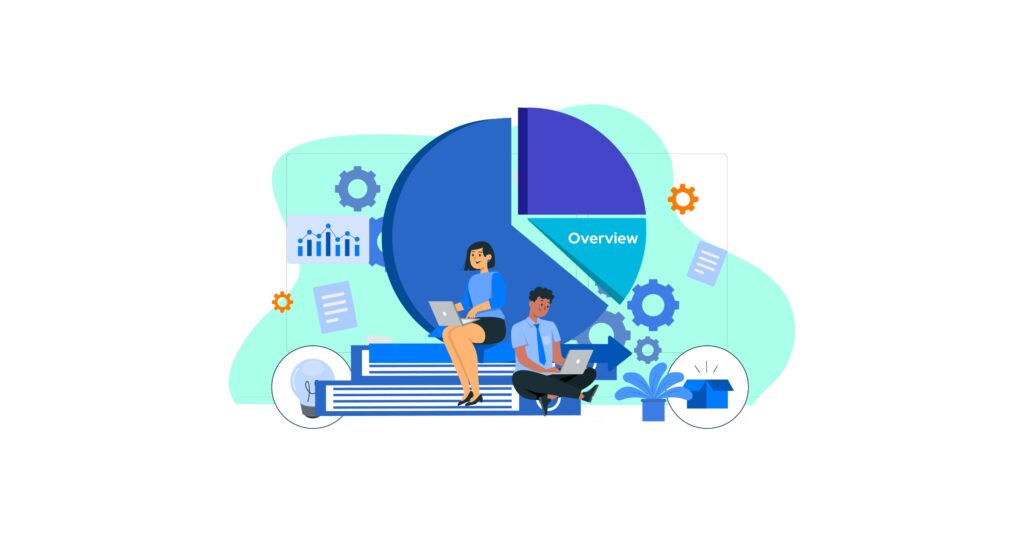The PIE Model Unveiled Part #1: Differentiated Instruction in STEM Education

More and more, schools are focusing on “differentiated instruction,” where teachers recognize that each student learns in their own unique way. They adjust their teaching methods to match these diverse needs, moving away from the traditional, one-size-fits-all approach. This new strategy is proving more effective because it helps all types of students thrive in STEM Education, regardless of their individual challenges.
But what exactly is differentiated instruction? Why is it gaining so much importance in STEM classrooms? And what makes it such a complex task for educators? Let’s explore these questions to better understand this transformative approach in STEM learning.
Understanding Differentiated Instruction
Differentiated instruction is a teaching strategy designed to address the varied needs, skills, and interests of students within a single classroom. Its central aim is to offer multiple pathways for learning, ensuring that every student has an equal opportunity to succeed, regardless of their starting point. This method acknowledges that students are not homogeneous; they bring different learning styles, prior knowledge, and learning paces, especially critical in STEM education where concepts can be abstract or challenging.
Why the Need for Differentiation in STEM Education?
The necessity of differentiated instruction is particularly evident in STEM education, where the diversity of students’ abilities, backgrounds, and interests significantly impacts how they engage with the material. Traditional teaching methods often cater to an “average” student, leaving both advanced learners and those who struggle at a disadvantage. In a STEM classroom, this gap can be even more pronounced, as students encounter complex, technical content that requires tailored approaches.
Addressing Diverse Learning Abilities in STEM Classrooms
A key driver of differentiated instruction is the wide range of learning abilities within any classroom. In STEM learning environments, some students grasp new concepts quickly and need more challenging tasks, while others may require additional time and support to fully understand the material. Without differentiation, advanced learners can become disengaged, while slower learners may feel overwhelmed, both leading to frustration and disengagement.
Creating Equal Learning Opportunities in STEM Learning
Imagine a STEM classroom where each student is provided with the tools and strategies that best suit their learning style. Differentiated instruction aims to create such an environment by offering various instructional techniques—hands-on activities, multimedia resources, and personalized assignments—tailored to different learning preferences. This inclusive approach fosters student engagement and boosts overall achievement in STEM education.
Consequences of Ignoring Differentiation in STEM Education
Failing to implement differentiated instruction in STEM classrooms can have significant consequences:
- Widening Achievement Gaps: Without differentiation, the gap between high-achieving students and those who struggle can widen. Advanced learners may lose interest in STEM subjects, while those needing extra help may fall further behind, exacerbating educational inequalities.
- Student Disengagement: If the material is either too challenging or too simple, students may disengage from the learning process. This is especially true in STEM learning, where the complexity of topics can lead to decreased motivation if not properly addressed.
- Increased Dropout Rates: Struggling students who do not receive the necessary support are at higher risk of dropping out. In STEM education, this loss can have long-term socio-economic impacts, as STEM skills are increasingly linked to future career opportunities.
Highlighting the Problem
Consider a middle school STEM classroom where a few students excel in mathematics, quickly mastering new concepts, while others struggle with basic operations. In a traditional classroom, the teacher follows a set lesson plan that caters to the average student, leaving advanced learners unchallenged and slower learners behind. The lack of differentiation in this scenario not only impairs students’ academic growth but also diminishes their engagement in STEM education.
Through differentiated instruction, the teacher could provide enrichment activities for proficient students and offer modified lessons for those needing extra help, ensuring that all students are supported in their STEM learning journey.
The Challenge of Implementing Differentiated Instruction in STEM Classrooms
Despite its clear benefits, implementing differentiated instruction in STEM education poses several challenges:
- Resource Constraints: Effective differentiation requires resources such as time, materials, and professional development. Many schools, particularly those with tight budgets or large class sizes, struggle to provide these, making it difficult to offer tailored instruction in STEM classrooms.
- Teacher Preparedness: Differentiated instruction requires teachers to be well-prepared and trained. However, ensuring that teachers have access to ongoing professional development remains a significant challenge for many educational institutions.
- Balancing Diverse Needs: Catering to a wide range of student needs in a STEM classroom can be overwhelming. Developing individualized learning plans, preparing varied instructional materials, and managing different learning paths require significant effort and coordination.
Summing Up the Concerns
Differentiated instruction holds the potential to create more inclusive and effective learning environments, particularly in STEM education. However, the challenges associated with implementing it—such as resource limitations, teacher preparedness, and access to educational technology—are substantial barriers that need to be addressed for successful outcomes in STEM classrooms.
As the educational landscape evolves, the importance of differentiated instruction in STEM learning becomes even more apparent. It’s not just about offering diverse teaching strategies; it’s about reshaping the educational experience to ensure that every student has the chance to succeed. When effectively implemented, differentiated instruction can transform STEM classrooms, engaging all learners and closing gaps in educational outcomes.
To help implement differentiated instruction effectively, Möbius, a blended learning platform designed for STEM education, offers advanced tools that personalize the learning experience for each student. With its in-depth assessment methods and instant feedback, Möbius ensures that students receive tailored instruction suited to their individual learning needs, helping both advanced and struggling learners thrive in the STEM classroom.
Stay tuned for Part 2, where we will explore more strategies and tools to enhance differentiated instruction in STEM education!
Author:
Deepali Singh